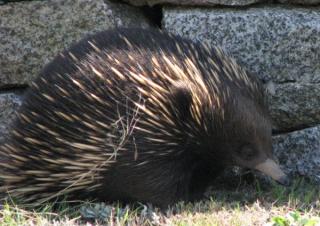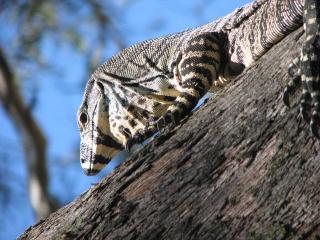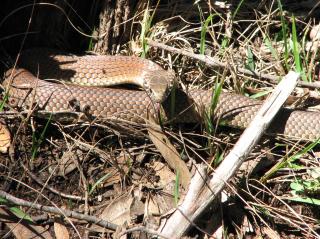SDGsoap&dairy
Loving the herd life
The Old Ram-Australia said:We only remove timber for firewood and leave the bulk of it there as habitat for birds and reptiles..........
We have and excellent native grass species which thrives in 'shade'(Microlaena stipoides),responds to rain at any time of the year and has evolved over ,000s of years to handle our highly acid soils.
So we just work with what we have got.........











